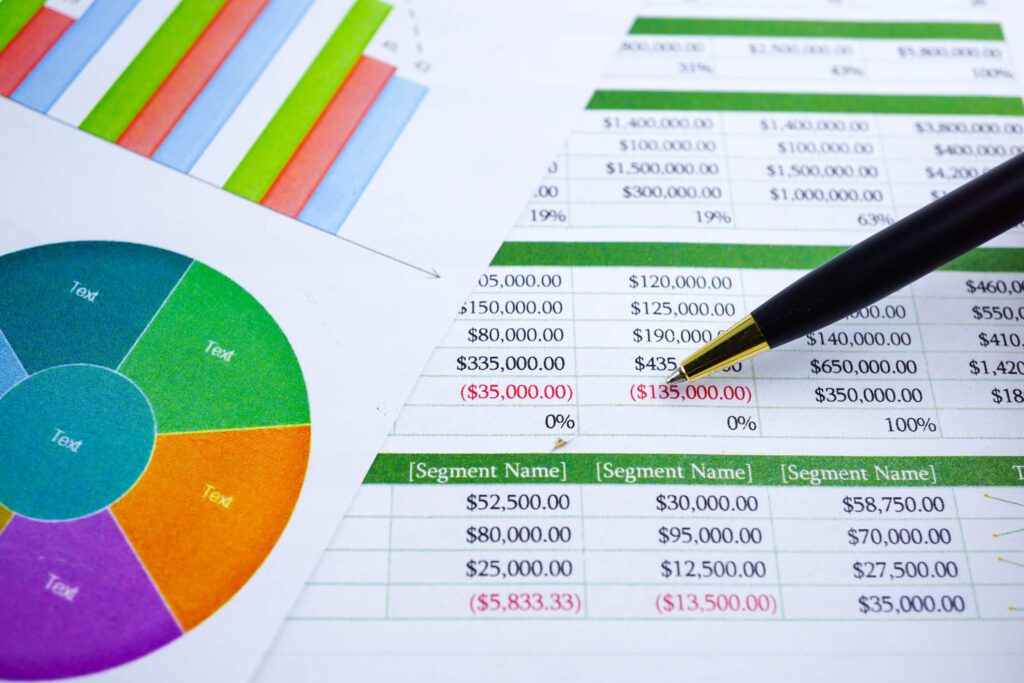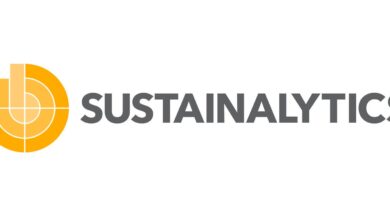
Corporate finance can be a complex thing to quantify. There are many moving parts when it comes to company financial statements, and with blended assets and liabilities existing in all corners of the business for many, balancing a budget and ensuring financial solvency in the corporate world is a much larger chore than it is for personal budgeting.
Tracking company finances doesn’t have to be mystifying, though. With a few great frameworks and plugins, building a strategy for success in the financial management of your company can be made easier and more transparent than you may have ever thought possible.

Continue reading to learn more about how you can track and interpret your brand’s ongoing financial circumstances for the best possible positioning in the market at all times.
Utilize financial analysis tools for long-term planning
Financial analysis takes on many forms. From the use of accounting software to other analytical approaches that are often utilized in investment circles, a grand vision of corporate financial awareness is necessary. Many people approaching these topics for the first time might ask, “What are candlestick charts?” Traditionally, candlestick charts are a financial analysis tool that tracks the movement of a currency, a security, or another commodity.
These charts utilize bars to signal price windows that correspond to user-specified time periods (they can range from seconds per candlestick all the way up to years). These graphs are called candlestick charts because they appear like a candle and wick, tracking with the top and bottom of the range per period, and charting a bar that corresponds with the start and end price.

Sticks are colored in a two-shade pattern (often green and red) to signal either a positive period or a negative one. This tool translates well to other financial management tasks and can be transplanted from the stock and commodity markets with ease.
Indeed, this charting pattern was invented in the 1700s to track the price of rice, supply, demand, and trader’s outlook on the commodity. These four dimensions were plotted with a pattern that would eventually come to dominate the Western trading space around 100 years later.
Use spreadsheets for maximum transparency

Spreadsheets are one of the best ways to ensure great data management throughout your brand’s ongoing accounting practices. Spreadsheets offer a simple means of recording transactions, incoming financial payments, and more.
Accountants use these tools on a daily basis to help them make sense of debits, debts, and every other financial element of the business’s ongoing financial needs. Data management is a core competency in any business space, whether you’re working on AI-driven technologies that promise to make the world a more efficient place, or you sell a simple product in local chain retailers and have chosen to focus on a single item that consumers in your region depend on.
In the modern business landscape, many companies are relying on the use of shared spreadsheet options rather than individual sheets and data. With the continued uncertainty in the workplace as a result of the coronavirus pandemic, businesses everywhere have had to adopt greater file-sharing capacity, and they’ve introduced better flex and hybrid working environments that keep the brand on track for success while also ensuring the health and safety of their workforces.

Financial management is essential in any business space. Without great management practices and the ability to draw conclusions about the direction and patterns in your company’s financial data, you’re flying blind in a marketplace full of competition. Utilize these approaches to help make better sense of the data available to you for the best possible success in your branding journey.




